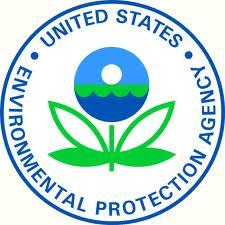New federal law requires PFAS users to report to EPA
By Claire Collins & Julian Viksman | JDSupra | March 11, 2020

Read the full article by Claire Collins & Julian Viksman (JDSupra)
“Companies, municipalities, and water systems must now report their per- and polyfluoroalkyl substances (PFAS) use to the federal government.
A new federal law requires facilities using 100 pounds per year of a listed PFAS compound to self-report to the national Toxics Release Inventory (TRI). Monitoring and reporting requirements are often prerequisites to cleanup and enforcement, and this collection of data may be a bellwether for the future regulation of PFAS.
The National Defense Authorization Act for Fiscal Year 2020 directed the United States Environmental Protection Agency (EPA) to add 160 types of PFAS, including perfluorooctanoic acid (PFOA) and perfluorooctane sulfonic acid (PFOS), to the Emergency Planning and Community Right-to-Know Act’s (EPCRA) TRI, effective January 1, 2020. On February 19, 2020, EPA updated the TRI list to contain 172 types of PFAS.
Facilities that manufacture, process, or otherwise annually use more than 100 pounds of any listed PFAS must submit annual reports to EPA. The broad definition of ‘manufacture’ includes producing PFAS for on-site use or importing PFAS for sale or distribution. The reporting requirement applies regardless of any release to the environment. EPA is authorized to lower reporting thresholds in the future.
How does the addition of PFAS to the TRI affect your facility? Companies and public entities must now determine if they are subject to TRI reporting because of PFAS, and, if so, must collect data to report to EPA. Reporting is done by submitting a TRI Form R for each listed chemical, subject to certain exemptions and criteria…”
This content provided by the PFAS Project.
Location:
Topics: